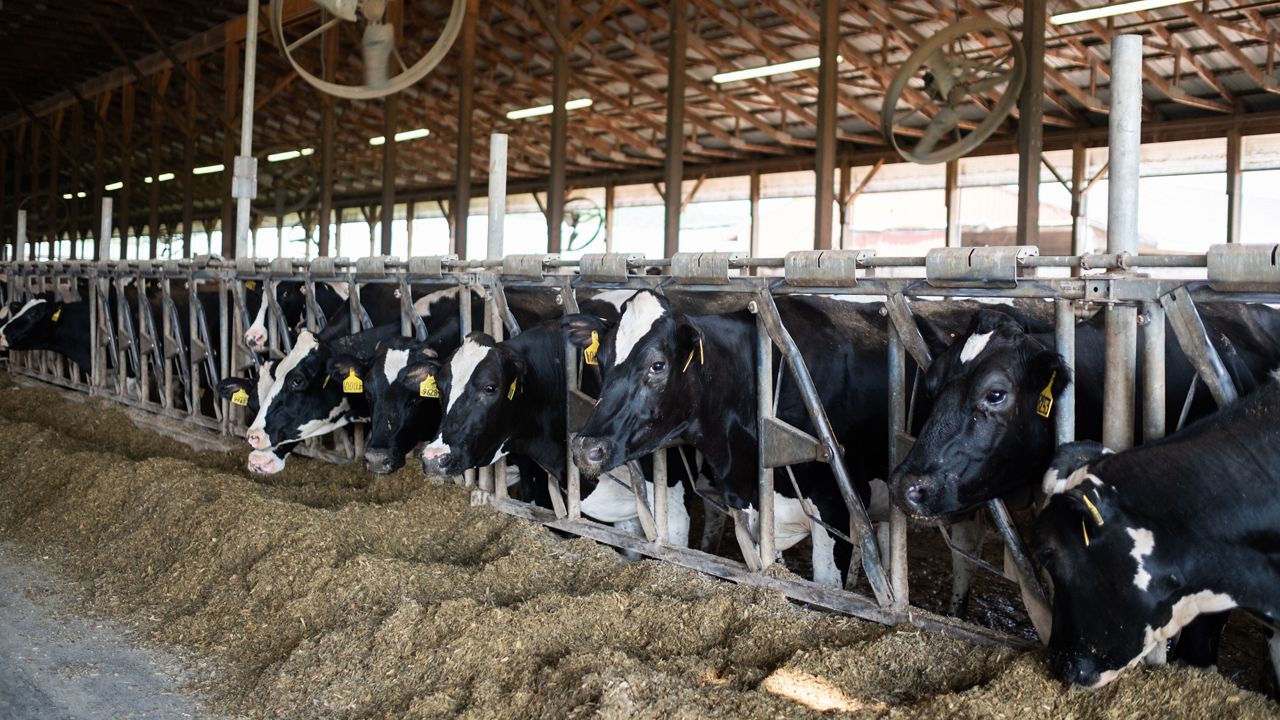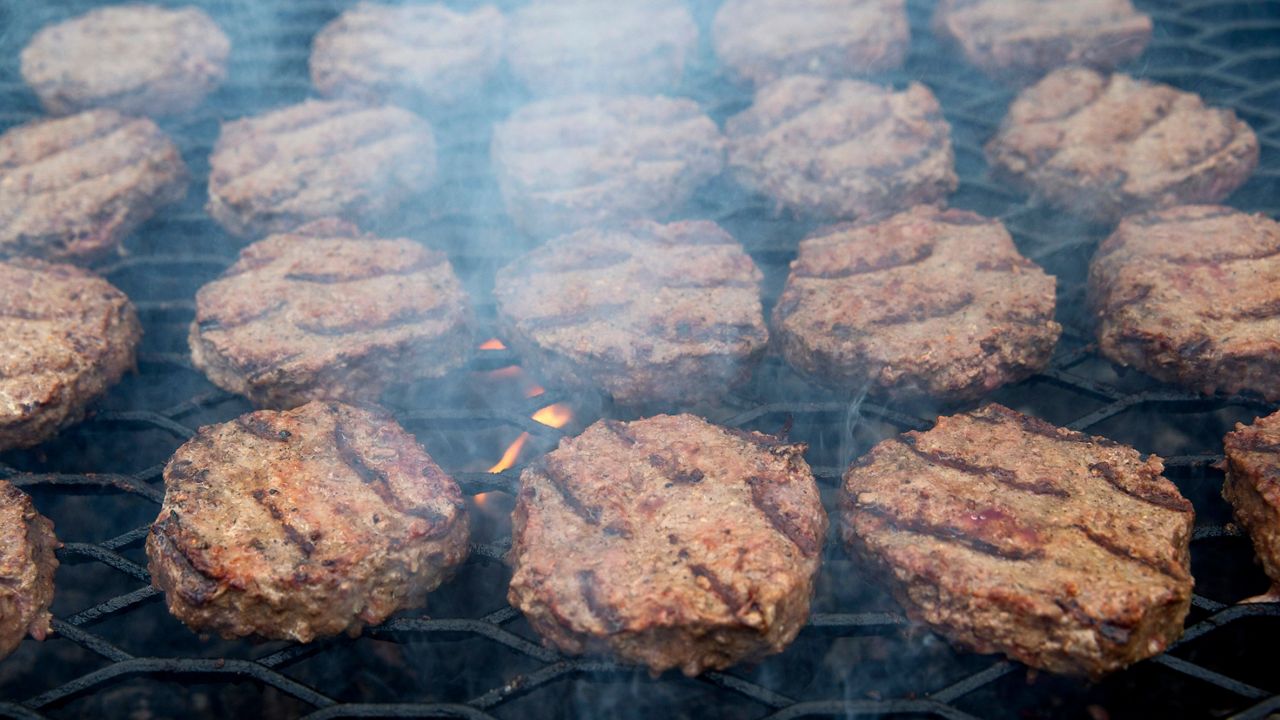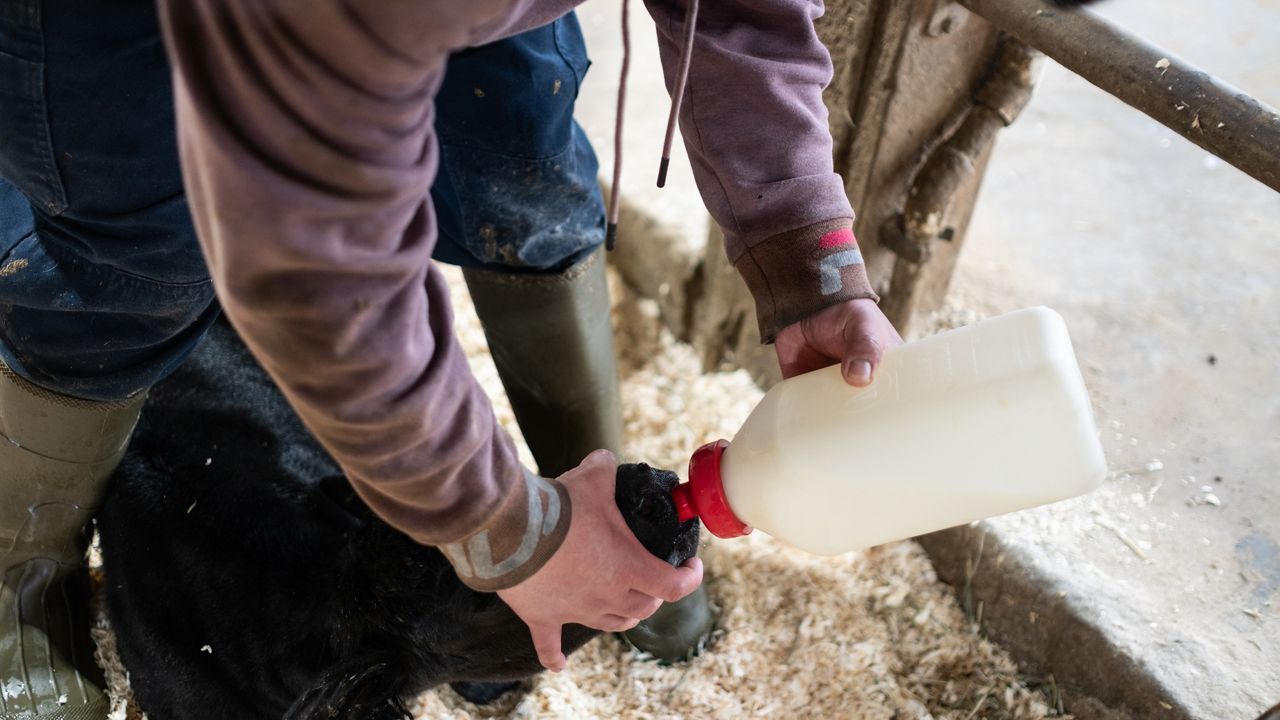Moove over pasteurized – more options and varieties have hit store shelves, giving people more to choose from – but what do all these labels mean for shoppers?
Organic Milk
One of the most common labels, Munnsville dairy farmer Sarah Ficken said, is organic, which comes from certified organic dairy farms.
“The very short version of organic is that dairy cows have to get at least 30% of their diet from pasture during the growing season,” she said. “There’s also other regulations around antibiotic usage and what you can and can’t spray.”
According to the USDA’s census on organics, New York has more than 500 organic dairy farms – more than any other state.
Pasteurized and ultra-pasteurized
A pasteurized or ultra-pasteurized label means the milk went through a process to kills any potential bacteria. The label is required for milk to be sold in grocery stores.
“Late into the 1800s, Louis Pasteur discovered that if you heated a liquid material that contained bacteria, you would effectively destroy a lot of those bacteria and that led to this process called pasteurization,” said Andrew Novakovic, an agricultural economist who focuses on the dairy industry and a professor emeritus at Cornell University.
Pasteurized milk is the most common on grocery store shelves.
Novakovic said there are a few methods to pasteurization, but the standard is to heat milk to 161 degrees for 15 seconds.
“People started asking the question, if we did that a little bit more, could we create a milk that you wouldn't have to refrigerate?” Novakovic said.
This led to the creation of ultra-pasteurized milk, which is heated to 280 degrees for a few seconds, Novakovic said, and lasts longer than pasteurized milk.
Other milk products that are ultra-pasteurized typically have a lower turnover at the grocery store, such as egg nogg or buttermilk, Novakovic said.
According to data from Cornell University, ultra-pasteurized milk lasts 30 and 90 days and pasteurized milk lasts 12 to 21 days when left unopened and refrigerated.
Homogenization
The process of homogenizing milk keeps the fat particles from grouping together into large globules, Novakovic said.
“It basically pushes milk through a pipe at ridiculously high pressure and exhausts it through small holes to break up the globules,” Novakovic said. “Once the molecular structure is broken down, it's possible for the fat to disperse so you don’t have the process of cream rising to the top.”
Creamline milk is pasteurized but not homogenized, Ficken said. It can be found in stores as well.
“The fat separates when you don’t shake it. You have to shake the bottle in order to redistribute the fat into the milk,” she said. “It’s the old-school milk our grandparents used to have delivered by the milkman.”
In homogenized milk, the cream will not separate out like creamline milk. Ficken said that for her, creamline milk has a better flavor.
Raw milk
Another label consumers can see on farms, but not in the store is raw milk – and that’s because state law says it can only be sold on the farm that it is produced.
“It is milk that basically comes directly from the cow is chilled and bottled and never undergoes any processing,” Ficken said.
She said the standards for raw milk are very high because of the risk that comes with consuming unpasteurized milk.
“There are people who believe that pasteurization not only kills the bad bacteria, but it also destroys the good stuff,” Novakovic said.
However, the agricultural economist said farmers and processors have concerns about selling raw milk and see it as a risk that is not worth taking.





![[alt text]](https://s7d2.scene7.com/is/image/TWCNews/UNY-Spec-Emily%20Kenny-milk%20trucks-20220831-001)



